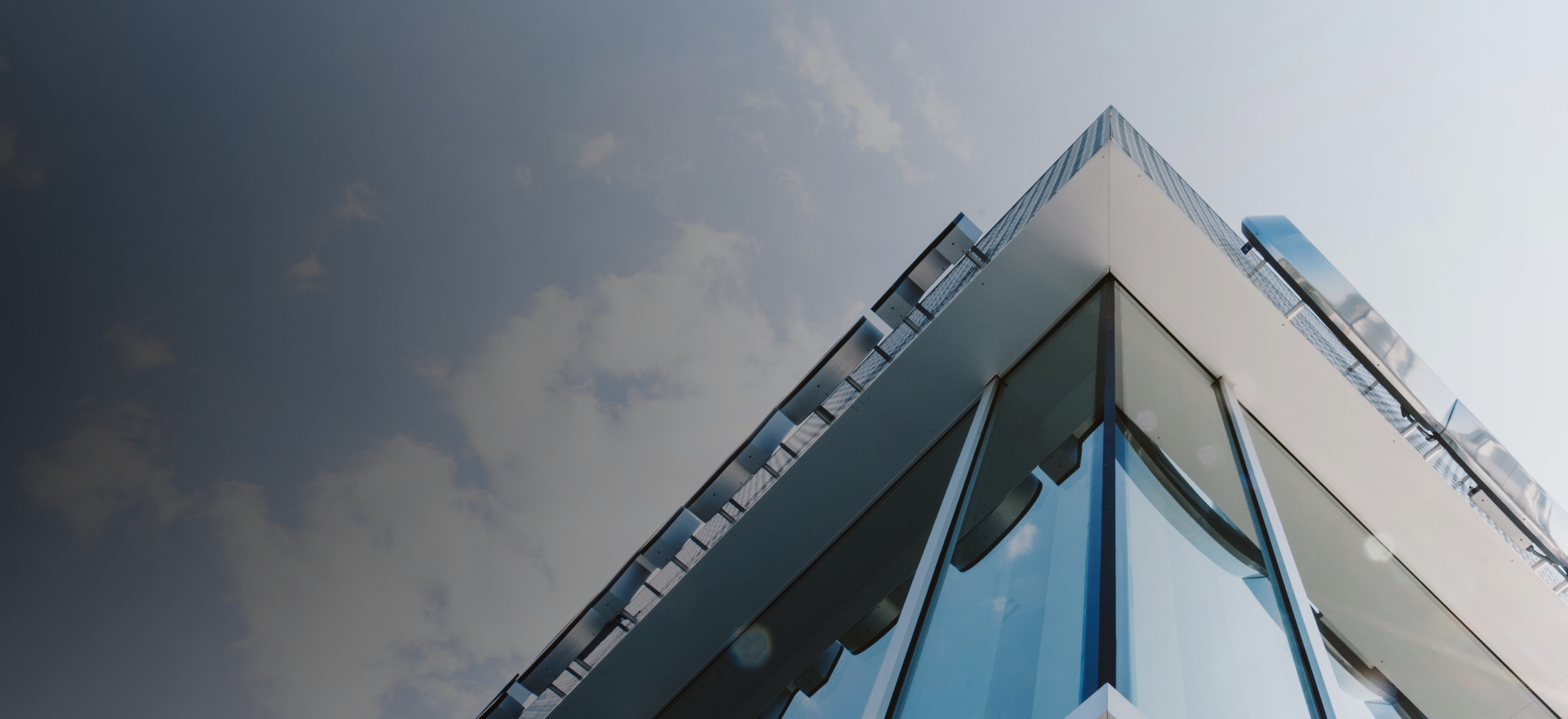Keynotes
- Loneliness affects over 1 in 4 adults globally—and poor urban design worsens it.
- Thoughtful architecture can create “third places” that encourage spontaneous interaction.
- You’ll discover real-world examples and design principles that turn buildings into social catalysts.
Why Loneliness Is a Design Problem
The World Health Organization now classifies loneliness as a serious health risk—comparable to smoking 15 cigarettes a day. Yet, while we debate social media and remote work, we rarely examine the silent contributor: the spaces we inhabit.
Modern housing prioritizes privacy over proximity. Office towers optimize for efficiency, not empathy. Public plazas are often barren after 6 p.m. The result? Fewer chances for the casual chats, shared glances, or neighborly help that build social fabric.
As urbanist ArchDaily notes, “When streets lack benches, stoops, or cafés, they become corridors—not communities.”
Architecture as Social Infrastructure
Enter the concept of “social infrastructure”—a term popularized by sociologist Eric Klinenberg. It refers to physical places that host social interaction: libraries, parks, community centers, even laundromats. These aren’t luxuries; they’re lifelines.
Architects are now designing buildings that embed these elements by default. Think of co-housing developments with shared dining halls, or mixed-use towers with ground-floor workshops and gardens.
At IntellectArchitects, we believe sustainable design must include social sustainability—spaces that nurture belonging as much as energy efficiency.
Case Study: The “Porches” of Vauban, Germany
In the eco-district of Vauban, Freiburg, homes are built with front porches facing communal greenways—not garages facing streets. Cars are banned from most roads. The result? Kids play outside, neighbors gather spontaneously, and elderly residents report stronger social ties.
This isn’t accidental. It’s architecture with intention.
Similarly, Dezeen highlights how Japanese “machi-zukuri” (town-making) principles prioritize narrow streets and shared courtyards to foster micro-interactions.
Design Strategies That Invite Connection
Here are five evidence-backed architectural approaches to combat loneliness:
- Shared Entrances & Lobbies: Replace isolated mailboxes with communal mail kiosks near seating areas.
- Flexible Common Spaces: Design multipurpose rooms that can host yoga, potlucks, or book clubs.
- Transparent Ground Floors: Use glass façades to create visual connection between indoors and public life.
- “Bump Spaces”: Narrow hallways or stair landings that encourage brief encounters (inspired by MIT’s Building 20).
- Participatory Design: Involve future residents in planning—ownership breeds care and connection.
The Role of Public Buildings
Libraries, schools, and civic centers can be loneliness antidotes. The community-centered architecture movement shows how redesigning a single library—adding a café, maker space, and outdoor amphitheater—can triple daily visitors and spark intergenerational bonds.
Even healthcare facilities are adapting. Some clinics now include “social prescribing” lounges where patients connect over shared interests—not just symptoms.
Challenges & Criticisms
Not all “social design” works. Forced interaction feels intrusive. Over-programmed spaces lose authenticity. And in dense cities, land costs make shared amenities a luxury.
That’s why subtlety matters. As Autodesk’s Future of Design report argues, “The best social architecture doesn’t shout—it whispers invitations.”
What’s Next for Human-Centered Design?
The future lies in adaptive reuse: turning vacant malls into co-living hubs, parking lots into pocket parks, and office lobbies into neighborhood living rooms.
At IntellectArchitects, we’re exploring how Lagos and Abuja can retrofit existing structures to fight urban isolation—without waiting for new builds.
Ready to Design Smarter?
If you're an architect, developer, or urban planner, ask yourself: Does this space invite people to stay—or just pass through?
Small design choices—like a bench under a tree or a shared herb garden—can rebuild the social tissue our cities desperately need.
Let’s build not just shelters, but sanctuaries of connection.
Similar Posts You’ll Love
- Community-Centered Architecture: Designing for Belonging
- 7 Sustainable Urban Design Principles for African Cities
- Adaptive Reuse: Breathing New Life into Old Nigerian Buildings
- How Biophilic Design Reduces Stress and Boosts Wellbeing
- The Future of Public Spaces in Post-Pandemic Cities
Labels/Tags
social architecture, loneliness epidemic, community design, urban planning, human-centered design, public spaces, IntellectArchitects








No comments:
Post a Comment
Don't Forget to Let us Know What you Think About this Post in the Comment Box.